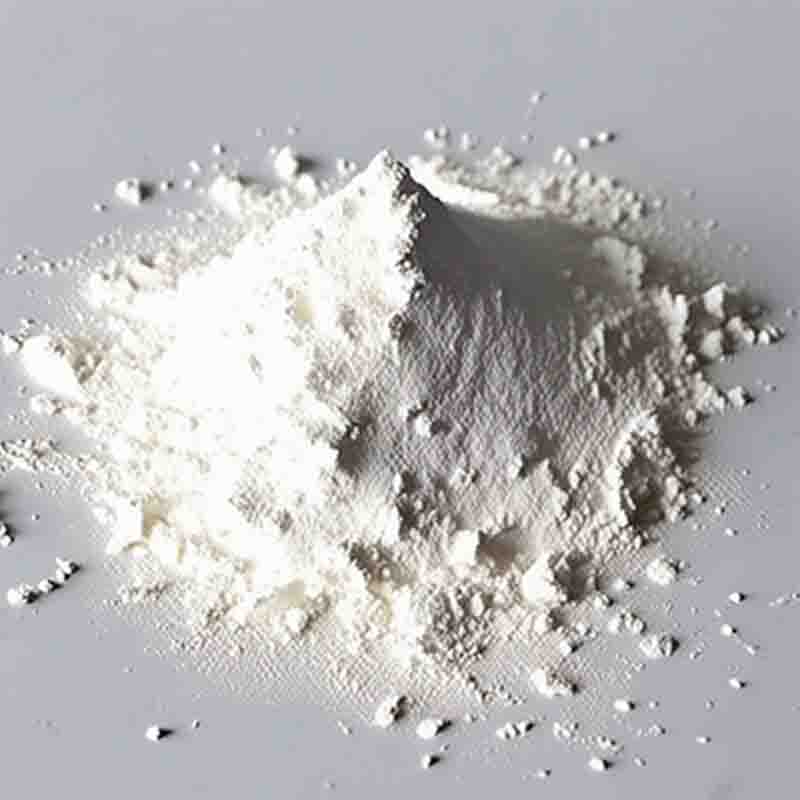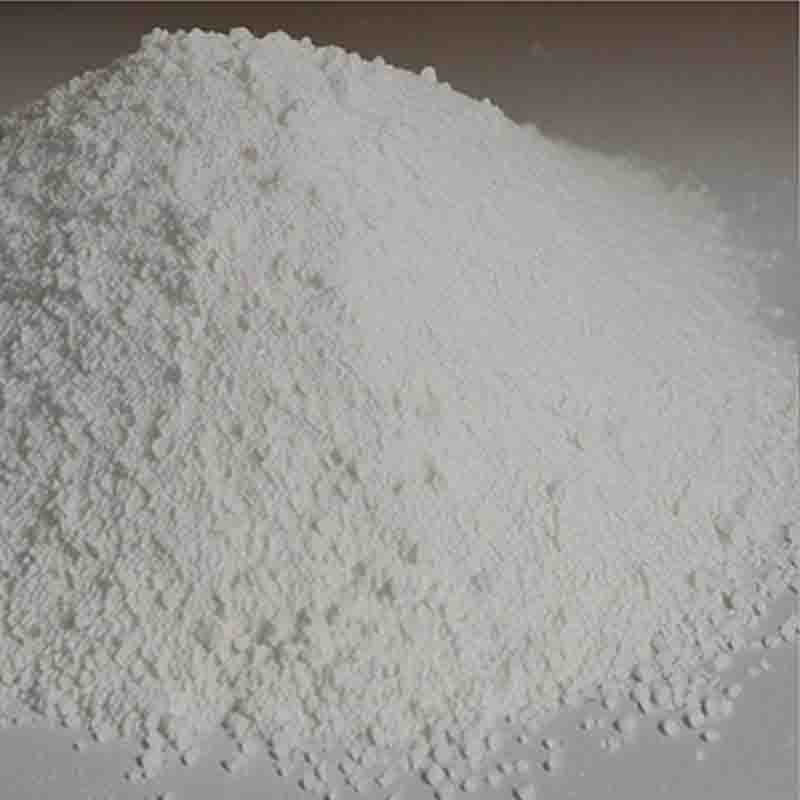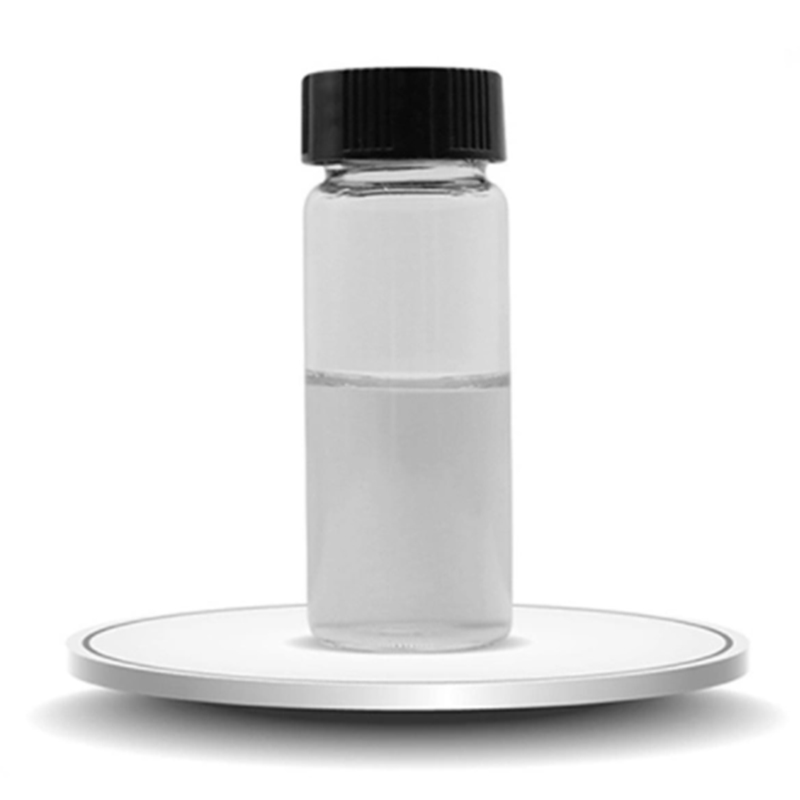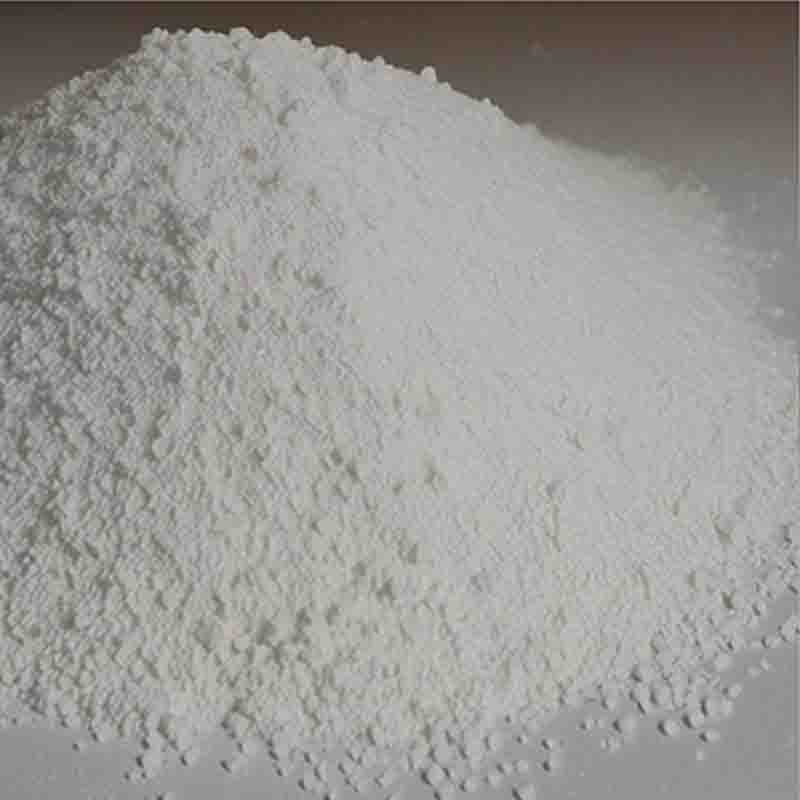3,4-Dihydro-7-hydroxy-2(1H)-quinolinone CAS: 22246-18-0
| Catalog Number | XD93341 |
| Product Name | 3,4-Dihydro-7-hydroxy-2(1H)-quinolinone |
| CAS | 22246-18-0 |
| Molecular Formula | C9H9NO2 |
| Molecular Weight | 163.17 |
| Storage Details | Ambient |
Product Specification
| Appearance | White powder |
| Assay | 99% min |
3,4-Dihydro-7-hydroxy-2(1H)-quinolinone is a chemical compound that has various uses in different fields. It is a derivative of quinolinone, containing a hydroxyl group at position 7 and a dihydroquinolinone ring system.One of the primary applications of 3,4-Dihydro-7-hydroxy-2(1H)-quinolinone is in the field of pharmaceutical research and development. It serves as a building block for the synthesis of biologically active compounds. By modifying the structure of 3,4-Dihydro-7-hydroxy-2(1H)-quinolinone, medicinal chemists can create derivatives with specific properties that can be utilized as pharmaceutical agents. These derivatives can act as inhibitors, ligands, or precursors in the development of drugs targeting a wide range of diseases. The presence of the hydroxyl group and the quinolinone scaffold in this compound allows for various chemical reactions, enabling the synthesis of diverse pharmaceutical compounds.Furthermore, 3,4-Dihydro-7-hydroxy-2(1H)-quinolinone finds application in the field of agrochemicals. It can be used as an intermediate or starting material for the synthesis of pesticides, herbicides, and fungicides. The unique structure of 3,4-Dihydro-7-hydroxy-2(1H)-quinolinone allows for the incorporation of functional groups that enhance the pesticidal activity and selectivity. These compounds play a crucial role in the protection of crops by targeting specific pests or pathogens.Moreover, 3,4-Dihydro-7-hydroxy-2(1H)-quinolinone has uses in the field of materials science. It can be utilized as a building block for the synthesis of functional materials with specific properties. By incorporating 3,4-Dihydro-7-hydroxy-2(1H)-quinolinone into the polymer chains, researchers can create polymers with enhanced thermal stability, optical properties, or electrical conductivity. These materials find applications in areas such as coatings, electronics, and energy storage devices.Additionally, 3,4-Dihydro-7-hydroxy-2(1H)-quinolinone can serve as a reference standard or an analytical reagent in the field of analytical chemistry. Its unique structural features make it suitable for use in techniques such as chromatography, spectrometry, or electrochemical analysis. It can be employed in the identification, separation, or quantification of various analytes.In conclusion, 3,4-Dihydro-7-hydroxy-2(1H)-quinolinone is a versatile compound with significant applications in pharmaceuticals, agrochemicals, materials science, and analytical chemistry. Its chemical structure, characterized by a dihydroquinolinone ring and a hydroxyl group, provides opportunities for diverse modifications and reactions. This enables the synthesis of biologically active compounds, agrochemicals, functional materials, and the analysis of various analytes. The specific applications of 3,4-Dihydro-7-hydroxy-2(1H)-quinolinone depend on the specific requirements and goals of each field.


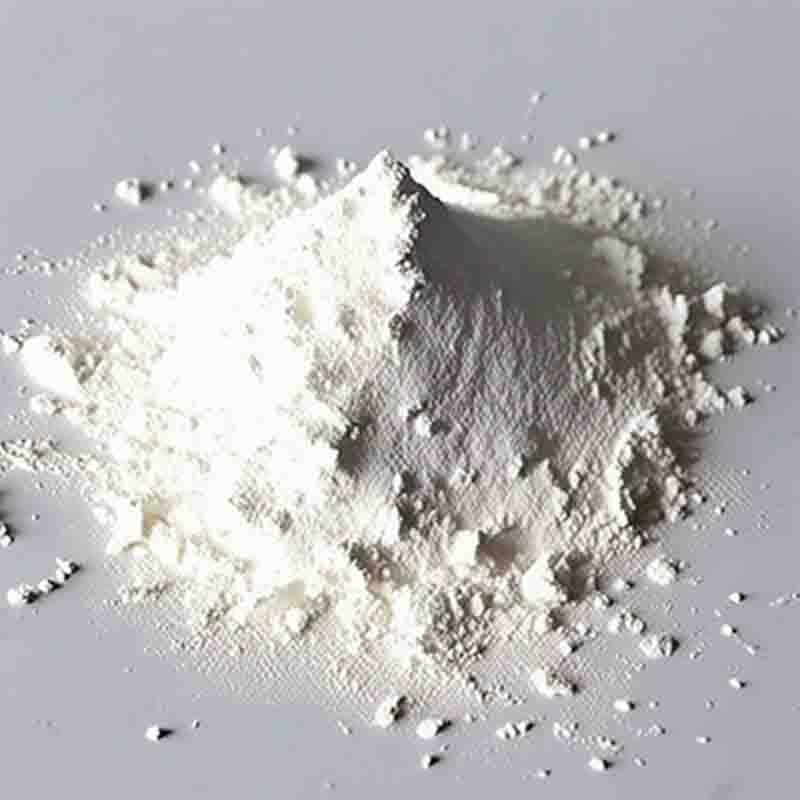
![4′-[(2-Butyl-4-oxo-1,3-diazaspiro[4.4]non-1-en-3-yl)methyl]-(1,1′-biphenyl)-2-carbonitrile CAS: 138401-24-8](https://cdn.globalso.com/xdbiochems/白色粉末11049.jpg)

